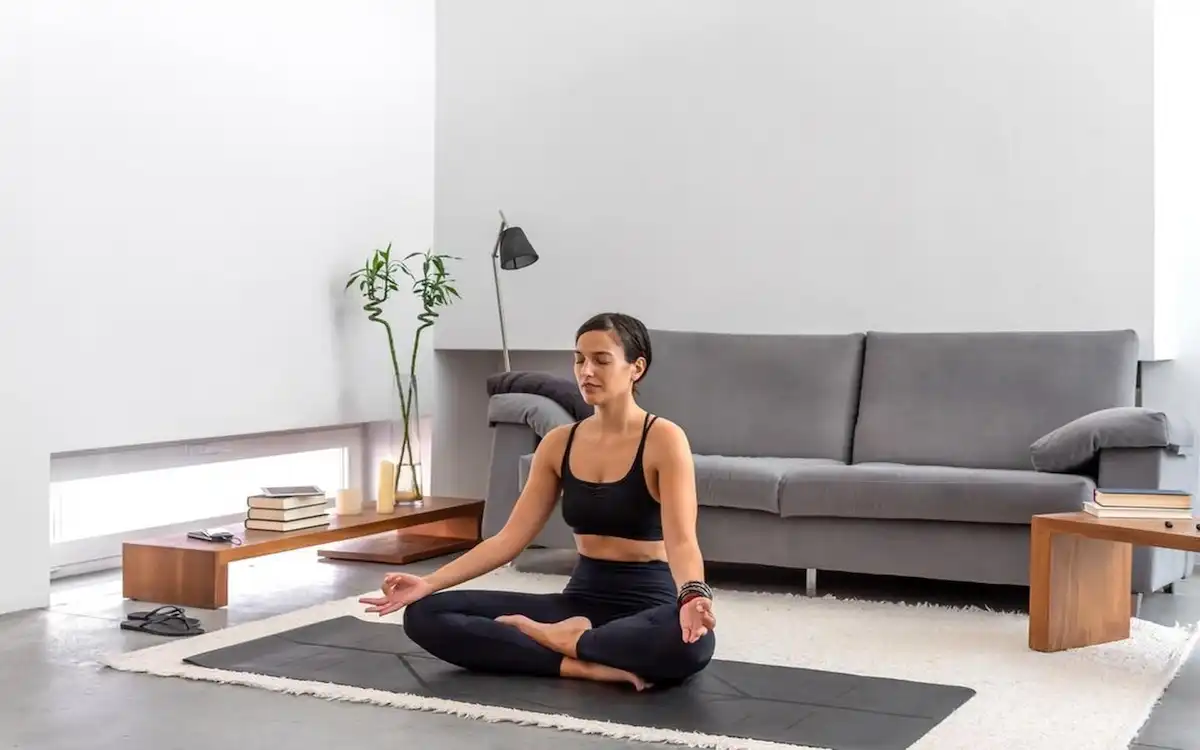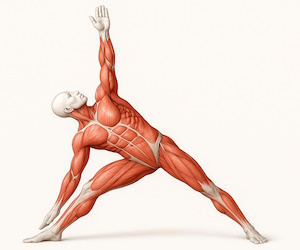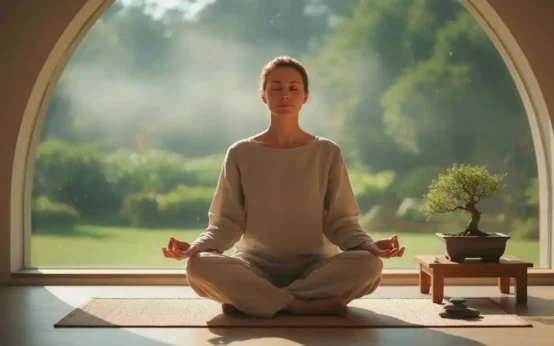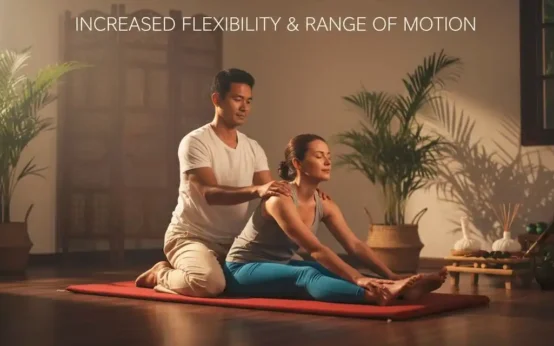Yoga has spread around the world as a way to improve health. People like it not only for its physical benefits but also for how it helps them feel mentally and emotionally. Studio and class practice is great but more and more people are choosing to do their yoga at home because it is more convenient, cheaper and more flexible.
Understand The Basics Of Yoga
To fully understand what yoga is, it is helpful to know what poses and flows are. Yoga which comes from ancient Indian philosophy is more than just exercise. It is a complete practice that includes controlling your breath, meditating and following moral rules. There are different styles for different needs
- Hatha yoga is great for people who are new to yoga because it moves slowly and focuses on simple poses.
- Vinyasa moves with the breath and flows smoothly making it a more active workout.
- Long held stretches and deep tissue release are big parts of yin yoga.
Set Clear Intentions And Goals
It can be hard to stay motivated when you first start yoga without any help. Ask yourself why you want to do yoga at home to start. Do you want to feel less stressed, have better posture, get stronger in your core or just unwind after a long day? Making goals that are clear and attainable like practice for 15 minutes every day or learn 5 basic poses this week helps the habit last longer. When you practice yoga you should have clear goals in mind so that you stay connected to its purpose.
Create A Dedicated Yoga Space
Your surroundings have a big effect on how motivated and focused you are. Pick a place in your house that is quiet and won’t bother you. Just enough room to lay out your mat and stretch your arms is all you need.
- A mat that doesn’t slip
- Supportive blocks and straps that let you move freely
- Supports or cushions for sitting or healing poses
- Adding things like a diffuser soft music or calming lights can help you relax and enjoy the experience more. This space will become a physical reminder of your promise to take care of yourself over time.
Choose The Right Resources
One good thing about doing yoga at home is that there are a lot of resources online. There is a lot of content for people of all skill levels from YouTube lessons to mobile apps and online classes. When you first start, look for teachers who can give you clear explanations and make changes. For people who are just starting channels like Yoga with Adriene and apps like Down Dog and Glo are great. You should try a few different teachers and styles until you find one that works for you.
Build A Sustainable Routine
To get the most out of yoga you need to be consistent. Start with short manageable practices instead of long sessions right away. It only takes 10 to 20 minutes to begin. Set up your sessions for a time that works for you. Doing yoga in the morning can get you ready for the day and doing it in the evening can help you relax. If you miss a day that’s okay but try to make it a week long habit. You can make yoga a part of your routine by writing it down on a calendar, setting alarms or doing it right after brushing your teeth for example.
Focus On Alignment And Safety
When you do yoga at home you don’t have a teacher to help you make changes to your form as you go. So it is very important to learn how to align things correctly. If you don’t hold yourself correctly you could hurt yourself or make a pose less useful. To check your form, look at yourself in the mirror, watch videos or use posture guides. Props like blocks and straps are very useful for making poses fit your body, not just for advanced yogis.
Track Progress And Stay Motivated
Keeping track of your progress assists you to stay motivated and enjoy your personal growth. Write down what you did for yoga, how you felt and what you want to work on next in a simple journal. Over time you may notice changes like being more flexible, being able to focus better or breathing deeper. It is worth celebrating even small wins like being able to hold a pose longer or getting good at a new sequence. If you want to keep your practice interesting try new styles themes like hip openers or heart openers or guided meditations every once in a while.
Incorporate Mindfulness And Breathwork
Yoga isn’t just about moving your body, it is also about being aware of your breath. Using pranayama breath control techniques like deep diaphragmatic breathing or breathing through your alternate nostrils can help calm your nervous system and make your practice stronger.
Being fully present during your yoga session can turn it from a workout into a meditative practice. During the beginning or end of your practice be still and pay attention to your body and breath. At the end don’t skip Savasana corpse pose it is an important time to center yourself and rest.
Conclusion
You don’t need expensive gear or years of experience to start doing yoga at home. All you need is a little interest, determination and commitment. You can quickly feel the powerful mental and physical benefits of yoga by learning the basics, making a safe space and establishing a mindful routine. Be gentle with yourself as you begin and let your practice grow on its own. You can always find your mat and use it when you’re ready.




 Importance of Hydration for Your Brain, Body, and Everyday Energy
Importance of Hydration for Your Brain, Body, and Everyday Energy  Healthiest Breakfast Cereal for Children
Healthiest Breakfast Cereal for Children  Anxiety Management Techniques
Anxiety Management Techniques  Benefits of Thai Yoga Massage
Benefits of Thai Yoga Massage  What Makes Fat in Our Body?
What Makes Fat in Our Body?  Best Diet to Reduce Risk of Diabetes
Best Diet to Reduce Risk of Diabetes